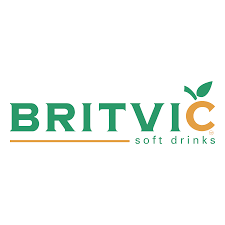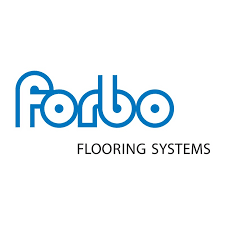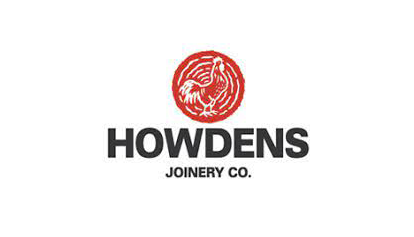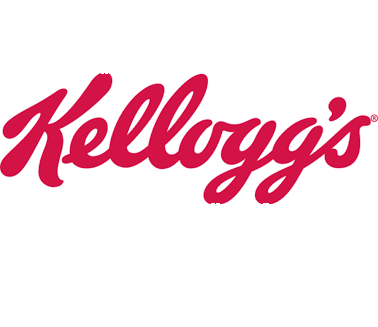
- Details
- Category: Blog
One of the commitments made by the UK at COP26 is that UK firms must outline how they will meet the net zero goal by 2050. Not surprising as this goal has been written into law so government were always bound to take steps to encourage industry to engage with this theme.
The 2050 net zero goal is a forecast (with is a 50% probability) of what it will take to limit global temperature increases to 1.5°C above pre-industrial levels. The science indicates that this is necessary to mitigate the most severe long-term economic consequences of climate change.
The current reality is a growth in emissions and we need to reverse that before we can begin to reduce it. That means that the 2050 goal is only the first step on the journey to get back to what we used to consider as normal. So what are the options?
The scope for improvement
There are 3 types of carbon emissions to consider as set out in the table below. To get the basics in place, you need to be able to answer the question against each emission scope.
Start with formalising your policy and developing a forecast of the likely outcome for these in these areas if nothing changes. At least you will know what the outcome will be if you do nothing different.
| Emission Scope | Question to Answer |
| 1. Direct emissions related to the those generated by the production process | How much control does your organisation have |
| 2. Indirect emissions related to those generated by suppliers who provide materials and energy for the production process. (Manufacturing accounts for around 30% of energy use) | How much attention do you pay to your suppliers |
| 3. Supply chain emissions related to the movement of materials throughout the supply chain. | How much emphasis do you put on the distance materials are moved |
As part of that assessment identify your organisaitons temperature alignment. This is a forward-looking measurement defining how forecast future emissions align with the Net Zero goal, what the gap is and what steps you are taking to meet it.
In addition, there are also opportunities available for the creation of new products and services by moving beyond resetting usage goals towards campaigning for removal (self sufficiency/net zero goals) and revolution in the way society values environmental resources.
What can manufacturing do
Areas where manufacturing can impact include:
| Improvement Stream | Examples |
| Improve energy efficiency, | Emission control and improved monitoring of energy Innovation. Embrace the 7 Sustainability Challenges (Heating/Cooling , Smart grids, Storage, Sun Energy, Biofuels, Clean Energy, Hydrogen) |
| Recycle | Efficiency of use, reuse and recycling of materials Waste reduction (including biodegradability) |
| Whole-life costing, | Include product design and disposal cycles (closed loop) |
| Use of renewable energy and offsetting | Including energy supplier selection, Offsetting and Infrastructure sharing |
| Other areas |
|
What can Lean TPM activities deliver
In addition to Early Equipment Management driven investment projects to transform the environmental infrastructure there are many micro/detailed actions that could support progress.
There is a direct corelation between Overall Equipment Effectiveness and energy cost per unit. The Lean TPM roadmap directly impacts on delivery of the Net Zero Goal, that includes:
- Improved insight into what is possible smart grids/energy recycling/balancing, building heating/cooling,
- Improved visibility of energy use and process emission controls, e.g. Key Performance Indicators that target added value per unit of energy
- Focussed improvement tools to reduce energy intensity through optimising asset performance, spares replacement choice such as electric motors and pumps.
- Line or production area front line team goals could include:
- Improving skills and standardisation to reducing complexity and learning curves
- Reducing vulnerability (weather, mistakes, robust assets, flexibility to demand)
- Improving resource management
- Energy management (Reducing indirect emissions)
- Efficiency in use of materials (managing embedded CO2)
- Improve Emission control/reduce leakage (Direct emissions)
- Developing insight (Partnerships/alliances) to gain new value and advantage.








